How I Fixed The 4K Overheating problem with the Sony a6300, Sony a6400, and Sony a6500 Cameras!
Prevent and fix the Sony a6300, Sony a6400, and Sony a6500 cameras from overheating using my solution described here!

With the Sony a6300 camera, in cooler temperatures outside, I have recorded as long as I wanted to and never saw the overheating indicator. When recording inside with warmer temperatures, I have gotten the overheating indicator relatively quickly, especially when recording and using an external monitor. I want to be clear, I was recording and outputting to an external monitor like the great valued Aputure VS-2FineHD monitor at the same time.
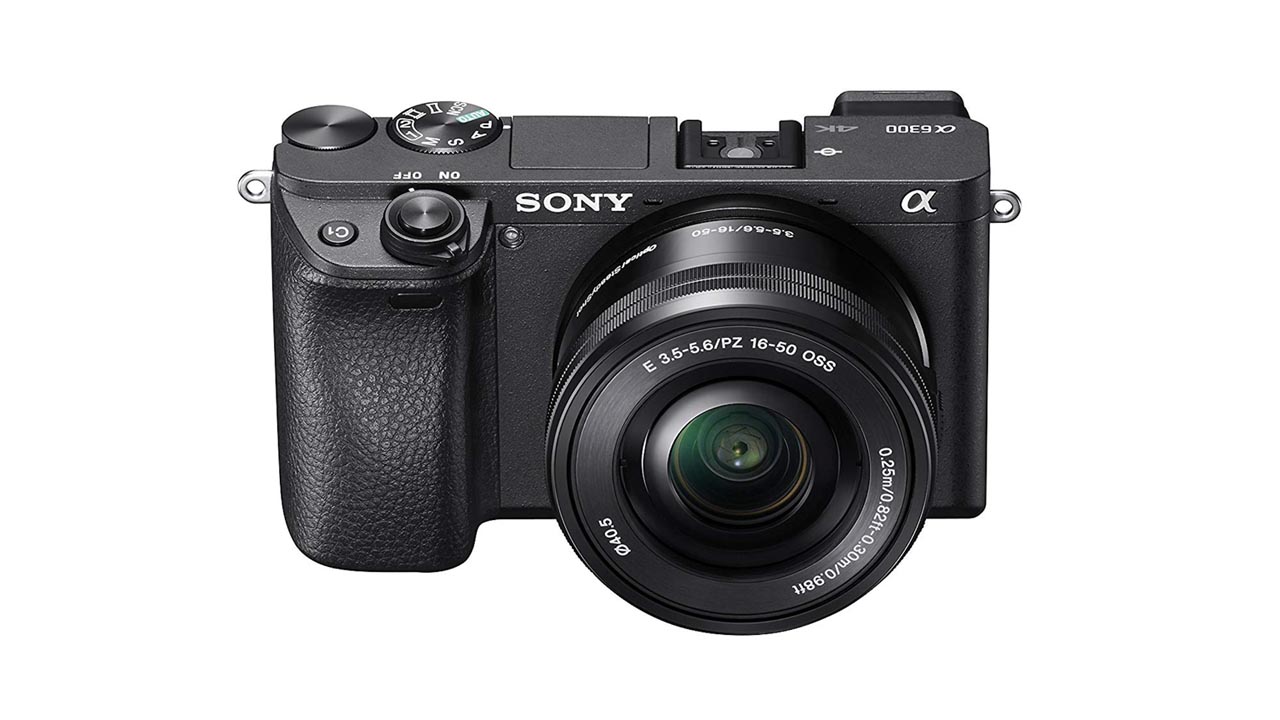
With the Sony a6500, and even the a6400 in bright sunlight, I have had similar experiences but you can configure the camera to reach higher temperatures before shutting down. This camera can still overheat and shut down at times though.
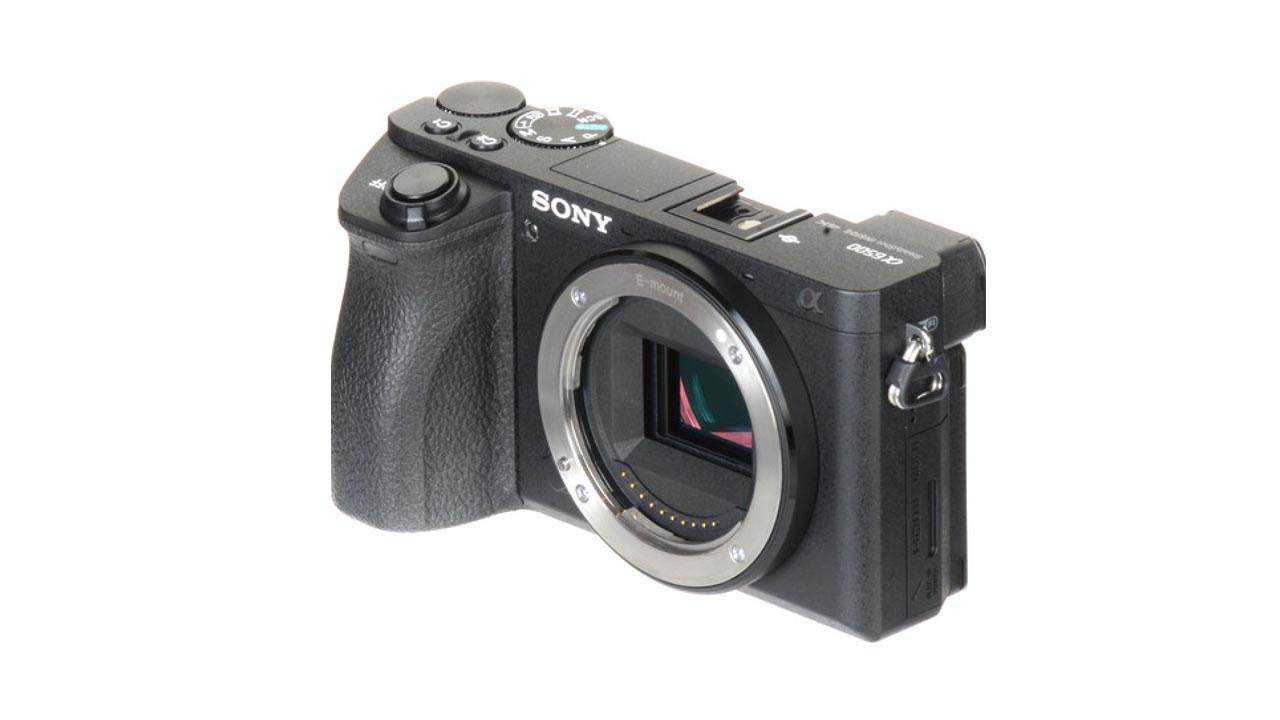
Others have shown various techniques to help with the Sony a6300, a6400, and a6500 camera overheating problems and I have used some of those approaches as well. These tips to help with camera overheating include:
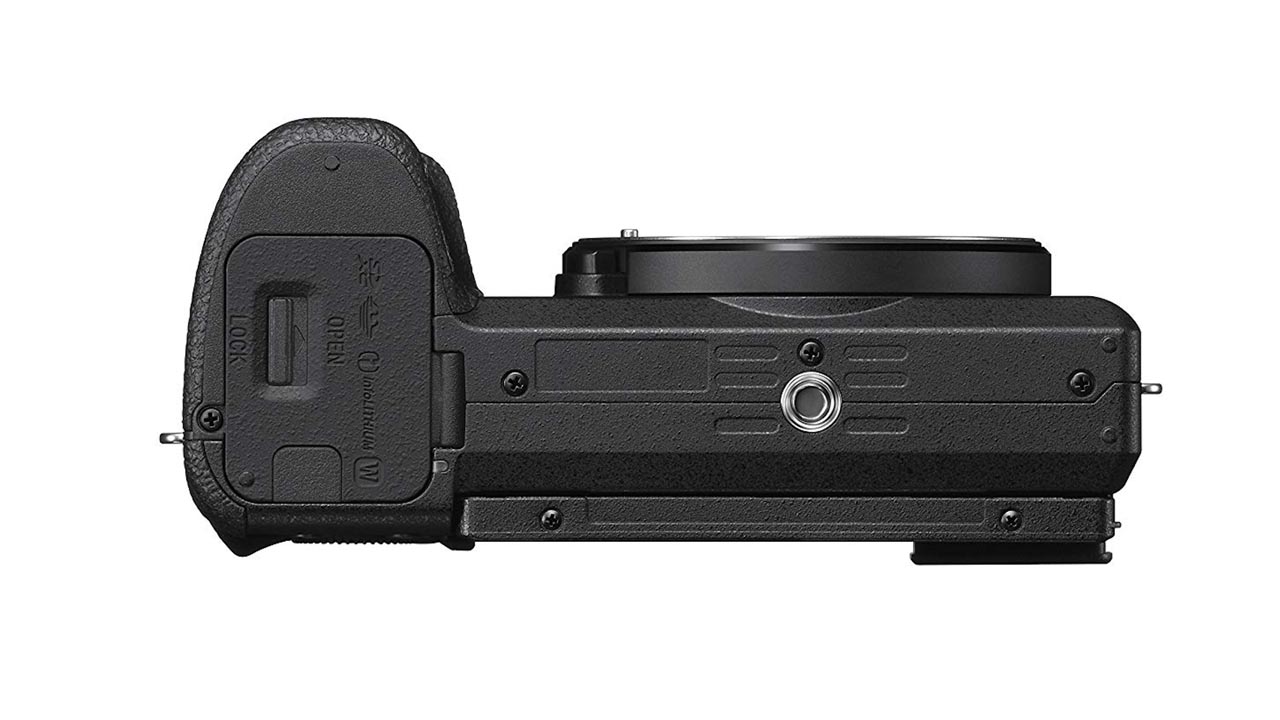
- Opening the battery door to allow the heat to escape.
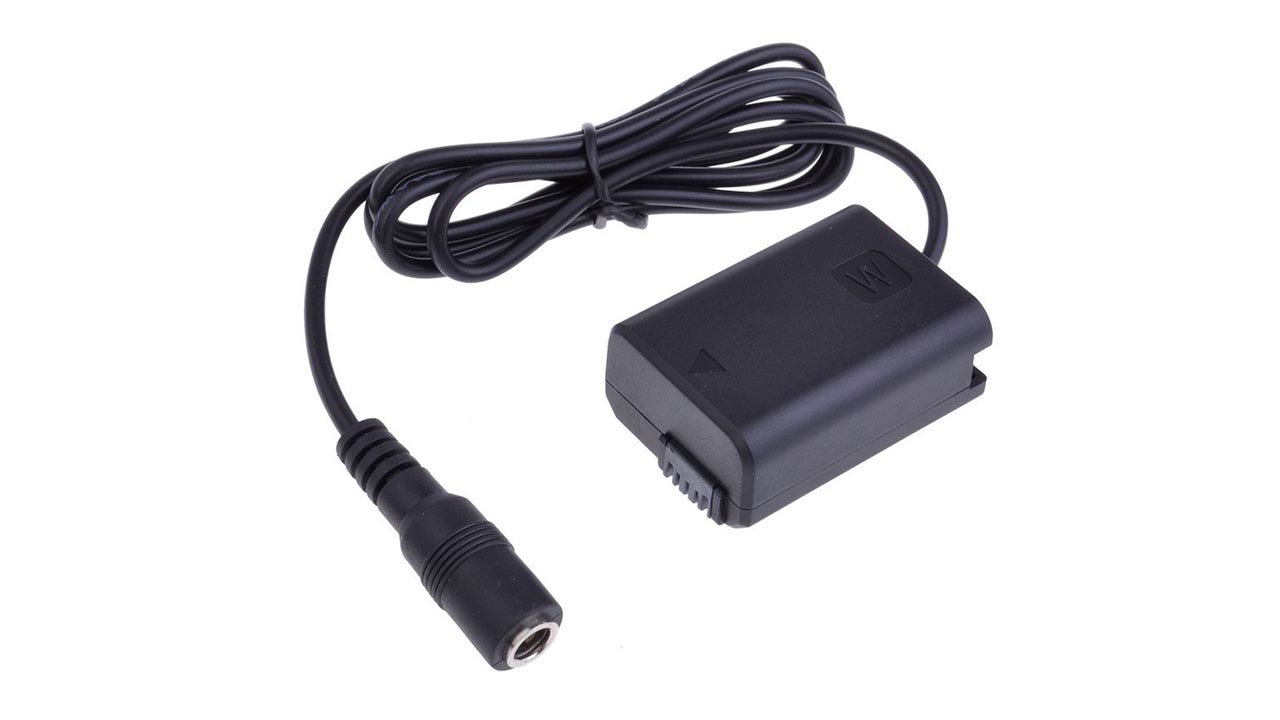
- Using a dummy battery and external power supply to prevent battery heat.
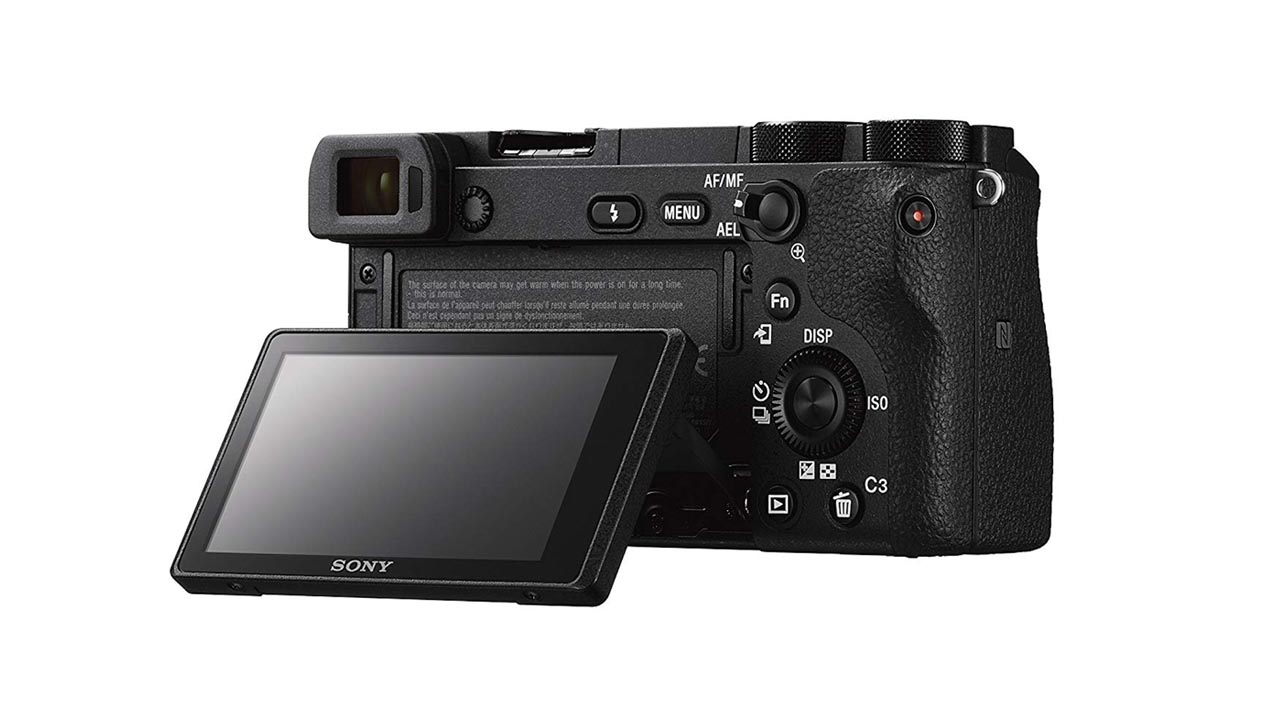
- Pulling the screen away from the camera to allow heat to escape.
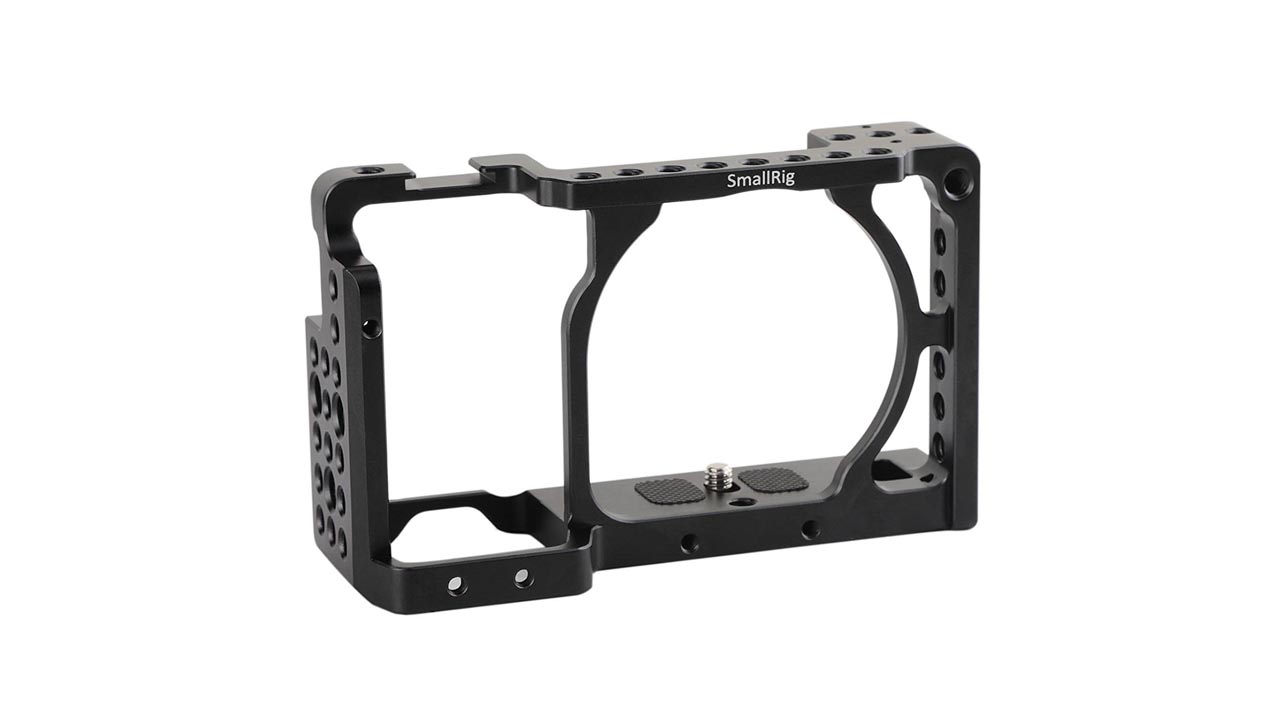
- Using a camera cage, but this can also backfire if you are using this out in the sun. The cage can actually make the camera get hotter faster.
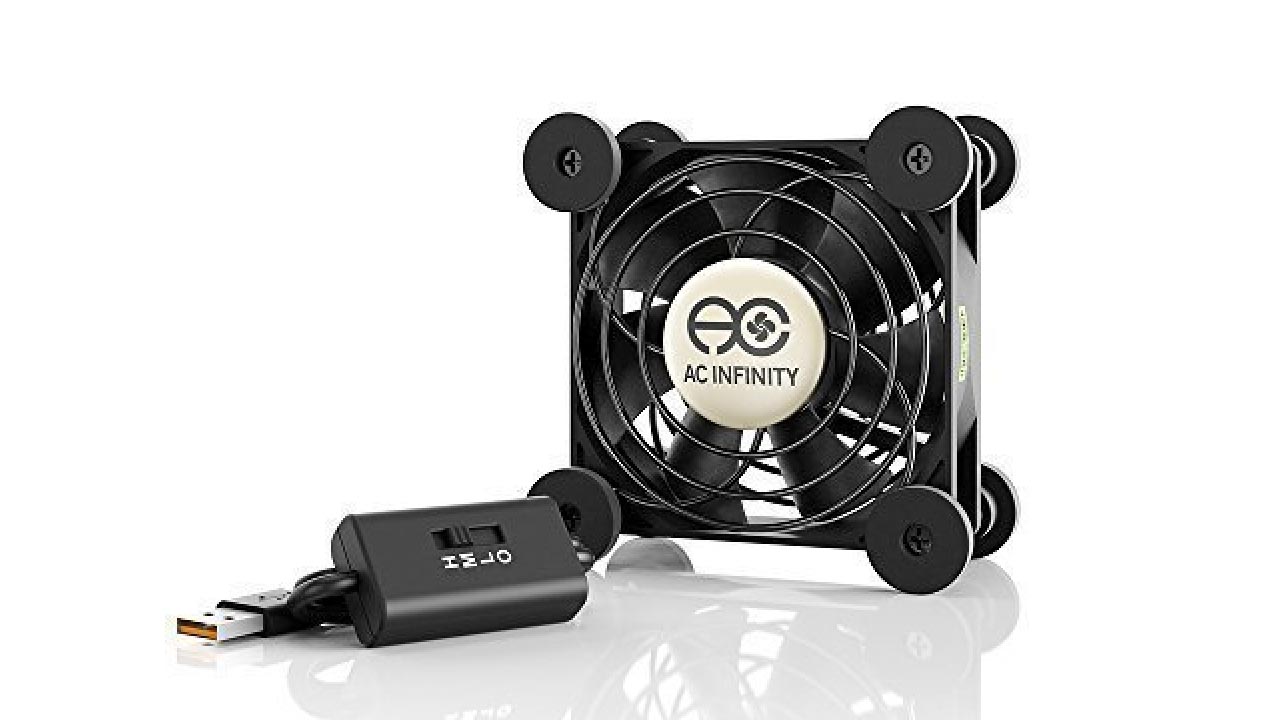
- Using a usb controllable computer fan or two is also another option. This option can add noise depending on how quickly you make the fan spin and can be very cumbersome.
Now I want to show you an option I use to handle the overheating issue. With this option, I have been able to record as long as I want to. Please understand that this is a method that works for me. I don't expect everyone to like it. I do want to recommend that you use this method at your own risk.
My method involves using these mini ice packs. This is the process:
- The first thing I do is loosen the pack up carefully so it will bend. You will want to work it and bend it so it will fit behind the camera screen.
- This part is very important. You will want to get a paper towel and cut it the length of two of the ice packs. After you cut the paper towel, wrap the ice pack in the towel. The paper towel will absorb any sweat from the ice pack and prevent the pack from being too cool based on my experience. My camera has never gotten wet at all.
- Finally, pull the screen out and carefully wedge the ice pack between the screen and the camera.
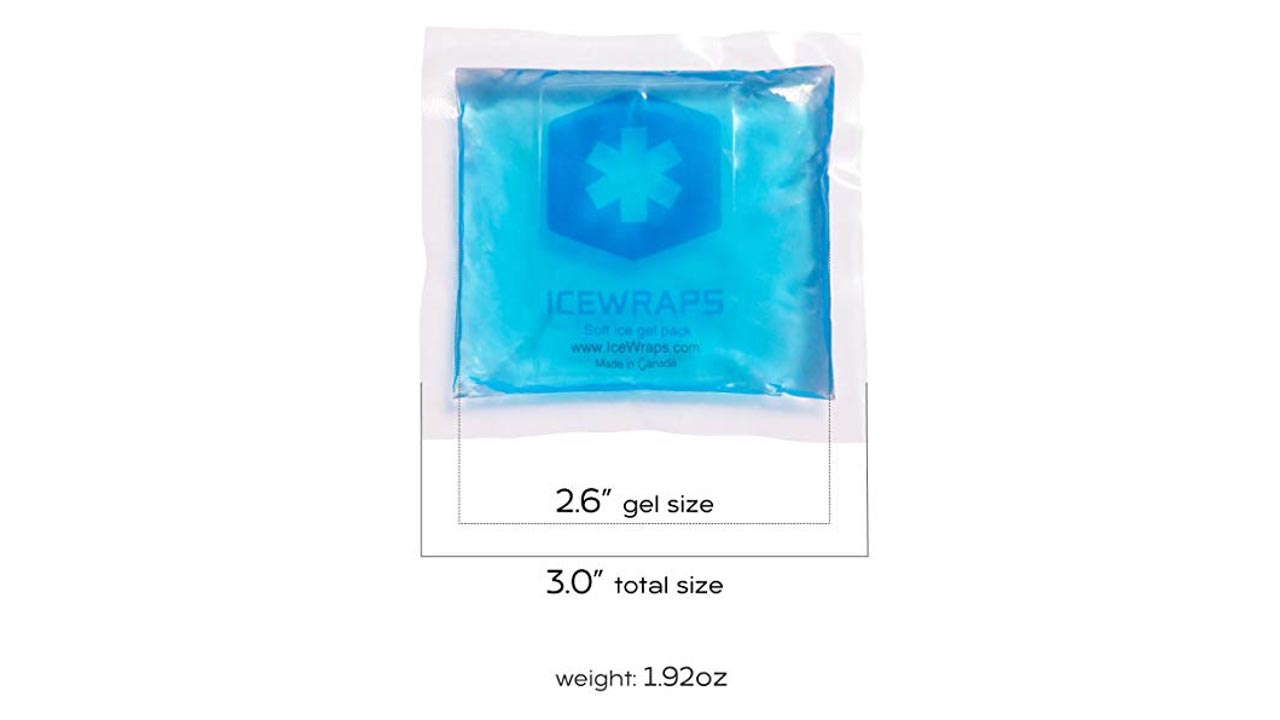
One of the benefits of using this method is I am not getting any fan noise. I can also use this technique with my gimbal because the ice pack doesn't weigh very much and the gimbal can handle the weight just fine. This method has not failed me yet and has allowed me to record as long has I have needed to! I hope this technique helps you out.
Watch the video below to see exactly how I use these mini ice packs to help me cool the Sony a6300, Sony a6400, and Sony a6500 cameras!
